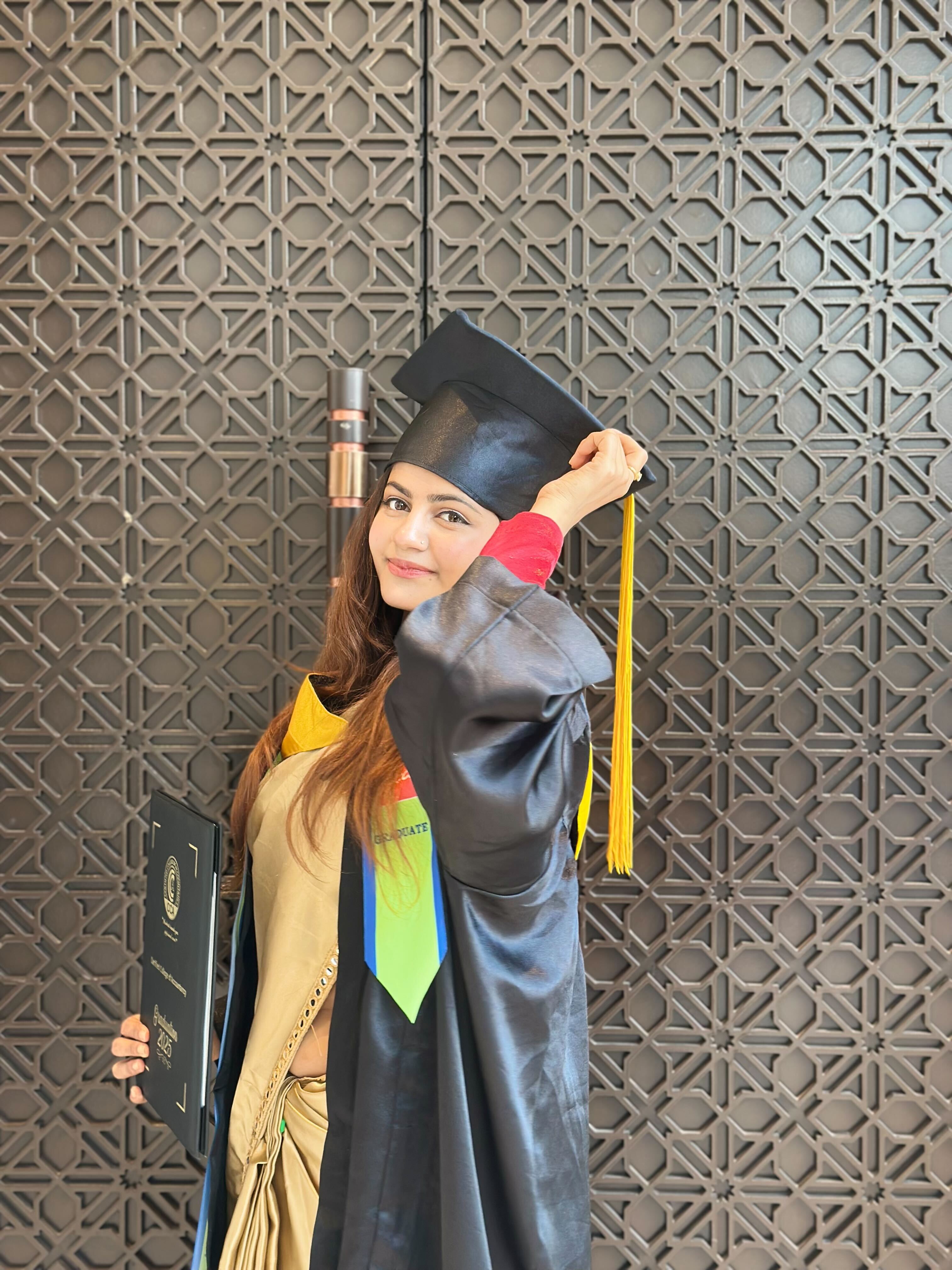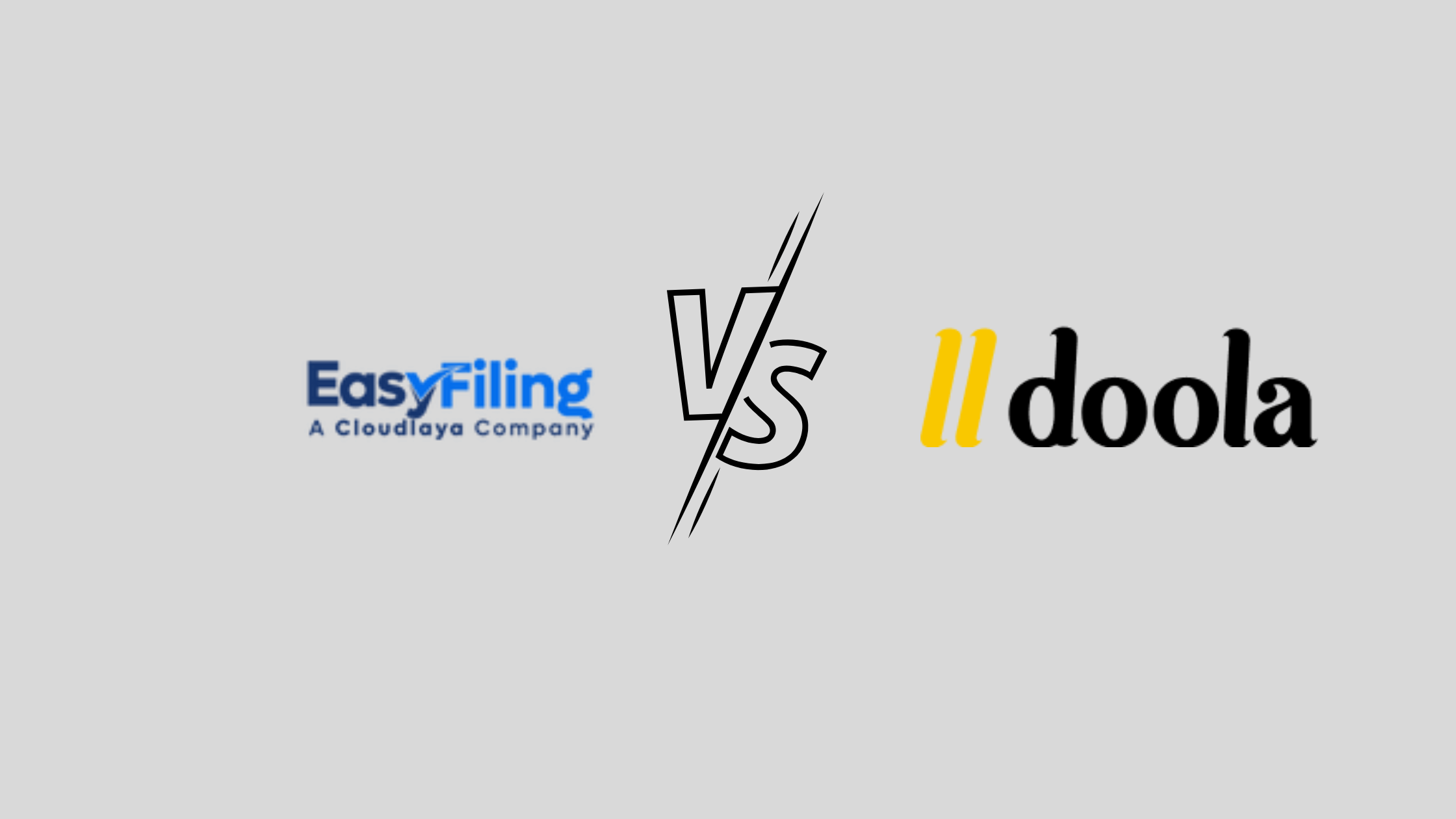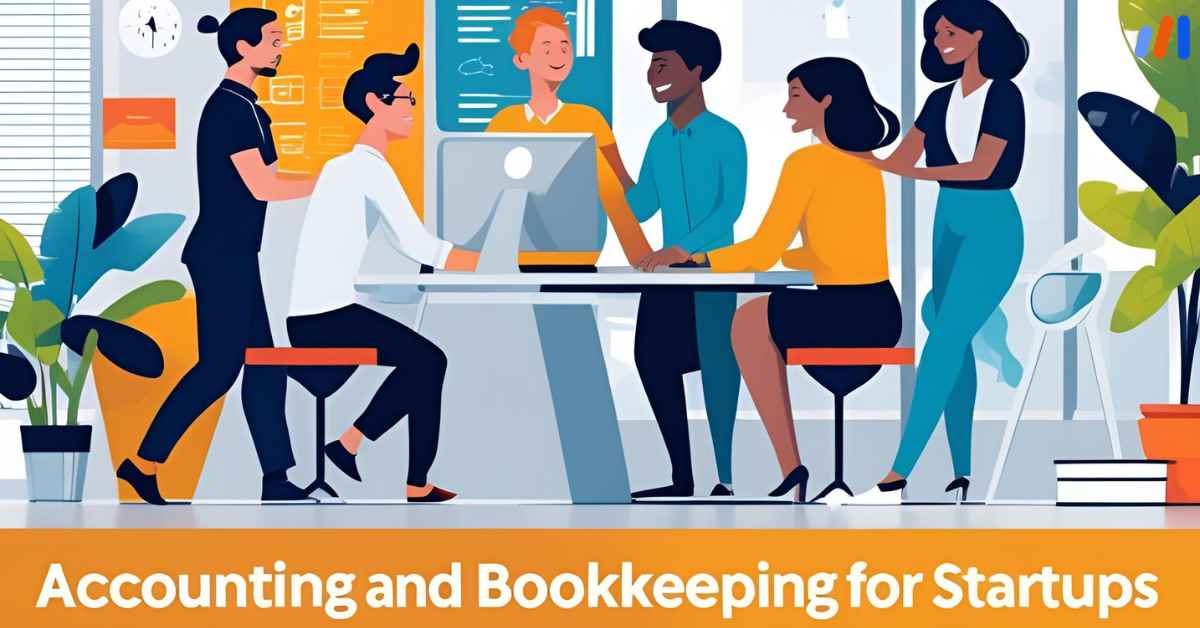To many students, social media is the main form of entertainment, communication, and staying in touch with friends. Although these applications are legitimate, the possibilities of social media are much more numerous than simple mingling. In the modern age of connectivity, the proficient use of platforms like LinkedIn, Twitter, YouTube, and even Instagram and TikTok is becoming an ideal vehicle for learning, a means of professional development, and a source of career opportunities.
Students armed with the knowledge to exploit these tools to their advantage can set themselves up to achieve socially, and in the long run. As students use the services of the essay writers to improve their academic work, they can use social media to extend their knowledge base, enlarge their professional networks, and prepare themselves to pursue future career opportunities.
Building Knowledge through Social Media
Access to knowledge in an instant is one of the most essential advantages social media can offer students. Engagement on learning platforms such as YouTube and LinkedIn Learning has changed how students think about learning. For students interested in business careers, many concepts taught in the best online MBA degree programs are now available in the form of video lectures, case studies, and expert-led tutorials.
Lectures, tutorials, and videos with explanations become a fast and easily digestible source of information on such a complex topic that would require independent and formal training. As such, a student with difficulties in mathematics can obtain systematic, multistep solutions from professionals, and another interested in business can attend free webinars presented by industry authorities.
Twitter and Instagram are now destinations where micro learning occurs as professionals and teachers tweet and post tips, infographics, and brief explanations that ensure learning is always available. Moreover, online communities on social sites such as Reddit or even groups on Facebook can be utilized since students can share their difficulties with studying and distribute their study tips. These virtual study groups simulate the benefits of classroom interaction, but expand to the world. The diversity exposed by this Experience does more than enlarge the scope of learning, but also brings about cultural enlightenment as students engage with other students and professionals with contrasting backgrounds.
Developing Professional Networks
Networking has always played a central role in career development, and with the advent of social media, students can establish professional ties way before they graduate. LinkedIn is beneficial because it enables students to present a professional profile with skills, projects, and ambitions. Reading about companies, joining industry-related groups, and networking with professionals could give a student an idea of what is happening in the industry and potential opportunities they could pursue that they did not know existed. Twitter can offer social networking, too. The students can learn by participating in discussions about hashtags related to their sphere and connecting with thought leaders, researchers, and organizations.
There are also less orthodox tools that can be used to network, primarily Instagram and TikTok, as they are used to share projects, creative work, or academic achievements. An example would be to have a graphic design student use Instagram to display their portfolio, but then attract potential employers and clients. Similarly, students who want to explore careers in technology or app creation can learn by following industry experts or even connecting with professional mobile app developers who often share case studies, innovations, and insights into the digital market. The trick is not to use these platforms as a pure means of entertainment but as a launching pad for a professional profile.
Showcasing Skills and Personal Branding
Personal branding is something essential to focus on in the competitive job market. With social media, students can conceptualize and fabricate their professional selves. Producing content that speaks to their interest, knowledge, and accomplishments enables students to build credibility. An example is a computer science student who posts coding tutorials on YouTube, whereas a journalism student should share articles or analyses on LinkedIn. The activities demonstrate numerous skills but invite mentors, helpers, and recruiters who appreciate the initiative and originality. Students should ensure their social media activities align well with their career plans.
A well-rounded LinkedIn page, a professional Twitter biography, and wise posts all emphasize a mature and goal-oriented side. On the other hand, students are advised to pay attention to the haphazard messages they place online. Also, employers use people's presence on the Internet; therefore, when people publish unprofessional materials, it can negatively affect their careers. Why learn to strike the right balance between authenticity and professionalism so that social media becomes a friend rather than a devil?
Exploring Career Opportunities
Social media has changed employers’ and students’ recruitment processes and finding opportunities, respectively. LinkedIn has several job search tools that students can use to view internship opportunities and entry-level jobs, which could align with the things they do best or are passionate about. Some companies use the following ways to announce opportunities: Twitter, Instagram stories, or a TikTok campaign. Students who read the right pages and remain active can see opportunities earlier than those who use only a network of standard job boards.
Moreover, some organizations arrange competitions, challenges, and hackathons through social media in which students are encouraged to exhibit their skills in practical terms. The same is true of involvement in such events since it improves skills and raises profiles. Wins or even significant contributions can lead to mentorships, internships, or full-time employment. Students proactively seek out and connect so that social media becomes an active career-related activity, rather than a mere diversion.
Learning Soft Skills and Industry Culture
Besides academic knowledge, social media provides students with an understanding of the unwritten cultures of professional places of work. Through observing online communication between professionals, students can learn some noble soft skills, such as good communication, collaboration, and leadership. Social media discussions, such as tweeting about diversity issues in the workplace or reading discussions on LinkedIn about new technologies, prepare students for the cultural expectations and atmosphere of the industry.
The podcasts available on sites such as Spotify or YouTube can also assist students in gaining knowledge about the leadership styles, communication strategies, and issues they can face professionally. Whether listening to or reading this kind of work, it will develop emotional intelligence, flexibility, and attentiveness, which are sought-after elements by employers. Social media serves as a learning environment for technical and non-technical skills.
Conclusion
In conclusion, social media has transformed from a place of serendipitous communication to one that has spawned a learning and career development platform. More knowledge, professional connections, mentors, and job opportunities are available to students than ever before. With the proper use of skills showcasing, personal brand-building, and some know-how in manoeuvring platforms, students can use social media as a Launchpad to future success.
The secret lies in its strategic purpose, an intentional use that would make every post, contact, and interaction lucrative and geared toward academic success and professional achievements. Conscientious utilization of social media turns it into more than some form of entertainment; it can be the source of new opportunities.
File Your LLC Today
25$ off with a coupon
Lock in EasyFiling's transparent rates and get lifetime compliance support at no extra cost.
Get Started Now







